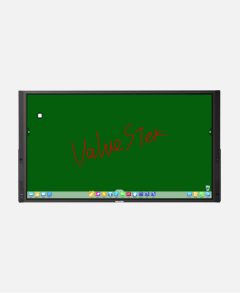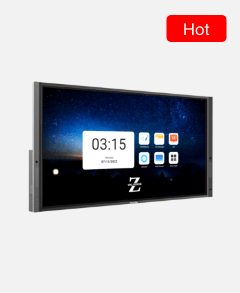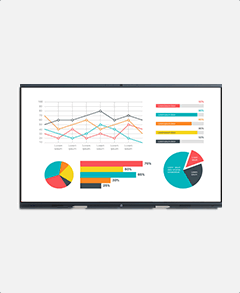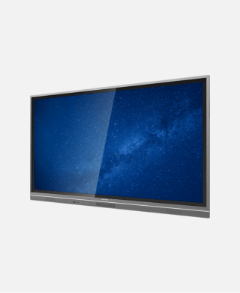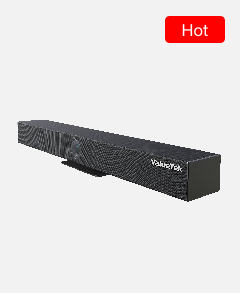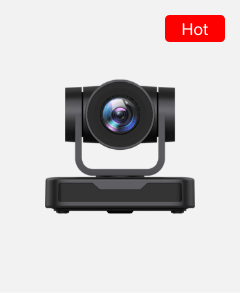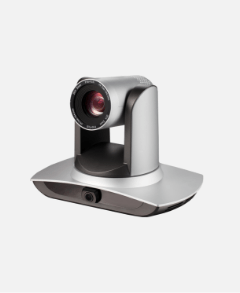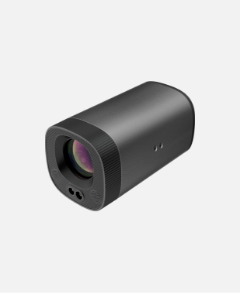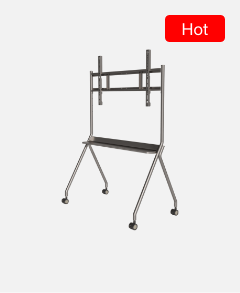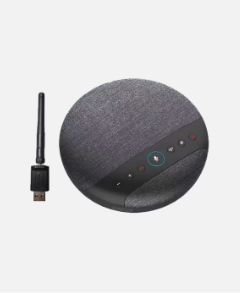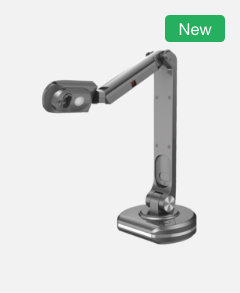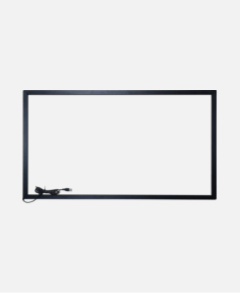Direct View LED Walls vs. LCD Walls: What’s the Difference?
The interest in video walls is only going to grow and we will see more of them, especially in the commercial environment, event solutions, and advertising industries. Many people may have only heard of LED walls, but don’t know that LED walls are divided into two categories: Direct View LED video walls and LCD video walls. It all comes down to the technology driving the two displays, so here are some thoughts to help with the decision.

Read on to learn the difference between Direct View LED video walls and LCD video walls, or check out ValueSTek’s LED video wall solutions today.
This LED video wall vs LCD video wall comparison essentials will relate to many forms of display technology and will help you make the right choice when exploring video wall options. Reaching dozens (if not hundreds) of people with your message every day is a lot of work, and you want to make sure that showings help you more easily connect with your audience, team, or community.
LED video walls have become more and more common over the past few years. Today, you can find them not only in public places, but also in workplaces, schools, art galleries, exhibition centers, research institutions, social and sporting events, and even places of worship.
Of course, the LED video wall was born to make the images you see bright, clear, and immersive. However, beauty is not only about appearance, because it is the underlying technology that affects the quality of LED walls.
In the past, the most common display technology for video walls was LCD, but today’s large-format, all-in-one LED displays offer many advantages that are rapidly becoming the new industry standard.
In this article, we’ll discuss the differences between LED and LCD large format displays in more detail, give a general overview of each technology, and dive into why high-quality all-in-one LED displays are always the best choice for large format display requirements. good choice.
LCD Display Technology for Video Walls
Historically, LCD video wall display technology has been the most popular, and it’s a great place to start learning about the technology. LCD stands for Liquid Crystal Display. The liquid crystal is sandwiched between polarizing filters and electrodes, and on top is the display surface (we casually call it the screen). The bottom of the video wall is made of fluorescent lights that backlight the liquid crystals. Light passes through the crystals, and those driven by varying electrical currents create the desired color.
LCD video wall displays typically consist of four or more LCD screens connected. That’s because a single panel is not big enough and has size limitations. The downside is that the greater the number of panels assembled, the heavier the display. This makes delivery and installation more difficult.
A major advantage of LCD monitors is crisp, clear image quality, which is especially noticeable when you get close to the monitor. Additionally, its long-standing status as the most popular technology for video walls helps ensure relatively low prices for the product.
LCD technology is still a perfectly viable display option, however, aside from being challenging to deliver and set up, it is no longer considered the preferred video wall solution. Read on to find out more about why.
LED Display Technology for Direct View LED Video Walls
Although LED technology for video walls is nothing new, it is rapidly gaining popularity due to all its improvements. So it becomes more accessible.
LCDs are multilayer thick devices, while LEDs are thinner and more efficient. LED video walls are typically constructed of light-emitting diode (LED) modules compared to LCD technology, making the overall display thinner and brighter (discussed later). Each diode acts as an actual display pixel – emitting a red, green, or blue (RGB) value to create any desired color. Since the LEDs generate the image for the display itself, they don’t require any backlighting or filtering, greatly reducing the number of layers.
Within the broader category of LED video walls, there are also different packaging technologies. For more context, these include surface mount diodes (SMDs), integrated matrix devices, and point-to-point, but the real breakthroughs are happening elsewhere. It is chip-on-board or COB technology that has recently become a game-changer for LEDs. The most revolutionary aspect of this invention is the tightest pixel pitch, allowing the diodes to be mounted directly onto the printed circuit, placing them evenly on its surface.
The advent of all-in-one LED displays is also helping to increase the popularity of the technology. The direct-view LED display eliminates the LCD panel, resulting in a brighter picture and greater color clarity. Most importantly, it eliminates grid issues and image non-uniformity that occurs when combining multiple LCD panels, so there are no lines that interrupt the display. That’s why Direct View LED technology can now create even larger video walls. The latest all-in-one solutions also integrate power, display, image stitching, and control systems for the ultimate user experience.
Direct View LED Displays vs. LCD Displays: Which Is Better?
At the heart of LED display vs LCD comparisons are usage, impact, and price. In the following sections, let’s explore the various elements that make up the user experience and cost-effectiveness of a video wall. This includes some advantages and disadvantages of these two competing technologies.
overall viewing experience
Let’s address the overall viewing experience. This is where Direct View LED technology excels. Instead of being used as a backlight, an LED display uses red, green, and blue LEDs for each pixel, and adjusts the value of each color to create billions of possible colors for use in the display itself. Coloring the image with light directly from the diodes helps provide a more realistic depiction of color, which can work wonders in improving sensory reception for the viewer.
Calibrating and synchronizing all LCD screens requires specific software, which adds cost and complexity to the overall system. Each LCD panel operates on an individual basis and therefore degrades, which means they need to be calibrated at different times. Panel degradation adds to the total cost of ownership.
Finally, it should be noted that increased LCD thickness (think over 110mm) can also appear bulky or bulky in interior spaces. This can distract from what is displayed on the screen. In comparison, high-end all-in-one LED displays are 25mm to 35mm thick, with a frameless edge of 5mm. This is significantly lower than the thickness of an LCD video wall and has a positive effect on ideal viewing distance and immersion.
LED Video Wall Brightness, Resolution, and Color
Even if the LCD splicing wall uses a high-end screen, the brightness is not enough. In the case of a distance or strong ambient light, there will inevitably be poor visibility. This means that there are significant limitations when using LCD video walls to display content.
Before the advent of Direct View LED video walls, these limitations may have been more acceptable to the average user, but that is starting to change. High-end LED displays offer increased brightness, while the brightness level on the device itself can also be adjusted.
This can often be necessary to optimize a specific setup for a video wall (since even if you can adjust the display for strong ambient light, low-light images won’t be sharp).
As far as resolution goes, most LCD monitors come with 1080p, but 4K UHD is available, which is the same as LED monitors. However, the fine pixel pitch of Direct View LEDs means the LEDs are placed very close to each other, so even if you’re closer to the monitor than usual, you’ll still be able to see the visuals. This has an additional impact when presenting vivid landscapes, detailed product images, design sketches, or mechanical drawings in spaces of all sizes.
True-to-life color rendering is possible because light can be seen directly by the human eye without passing through different materials as in LCDs. LEDs also offer a wider color gamut, with the best options on the market offering 120% coverage of the Rec.709 color space.
ValueSTek all-in-one LED video walls deftly meet the challenges of the past with Direct View technology and state-of-the-art chip-on-board (COB) packaging. If you want to know more, please jump to—the ValueSTek LED wall.

